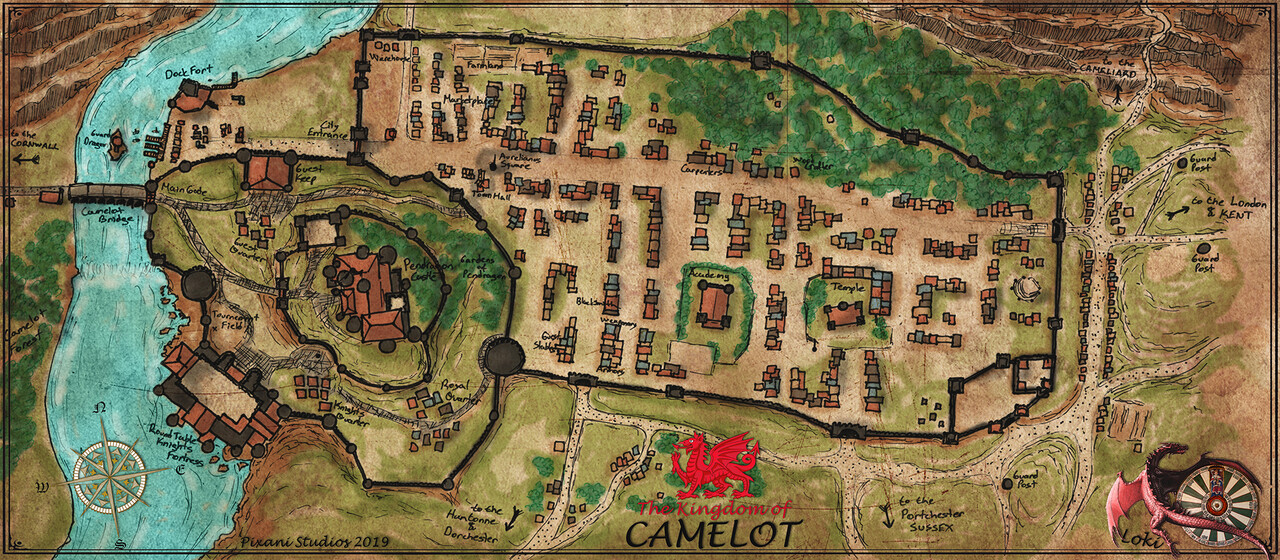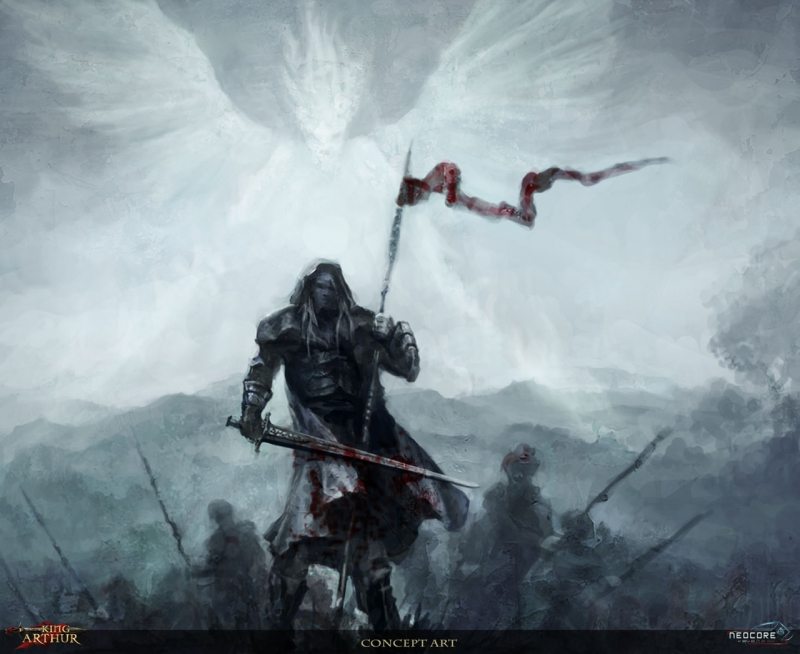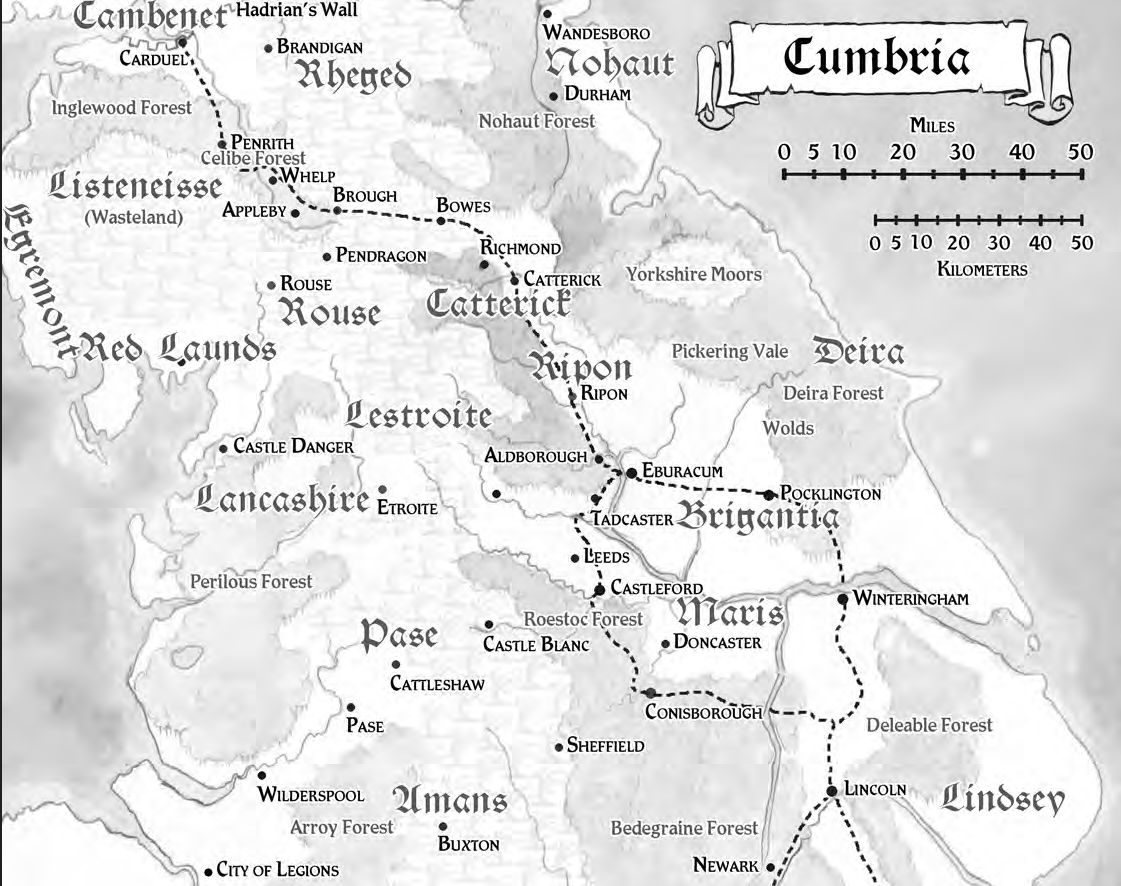

If the roll exceeds the value, it is a Failure and the opposite result occurs. If the roll is at or below the value, it Succeeds and the desired result occurs. Characters start during character creation with a base of 15/5 in Valorous/Cowardly (because they are heroes), a base of 13/7 in their Religious Virtues (because they are the good guys) and a base score of 10/10 in the remaining values.Ī d20 roll is made to use a Virtue (e.g., Merciful to show mercy towards a captive mortal enemy) or resist a Vice (e.g., Deceitful to deceive a friend). For every point above 10 on a Virtue, a point must be placed below 10 on another Virtue. The Traits are 1-20 points split between the opposing values (e.g., 10/10, 14/6, 5/15). The values on the left side are Virtues and the values on the right are Vices. The Traits are: Chaste / Lustful, Energetic / Lazy, Forgiving / Vengeful, Generous / Selfish, Honest / Deceitful, Just / Arbitrary, Merciful / Cruel, Modest / Proud, Pious / Worldly, Prudent / Reckless, Temperate / Indulgent, Trusting / Suspicious, and Valorous / Cowardly. These are thirteen opposing values that represent a character's personality. The characters' ability scores are based on BRP standard, but skills are resolved using d20, rather than d100. It also has a set of charts and tables for determining what happens to a character's family in between adventures. Otherwise, it uses fairly traditional game mechanics for normal play, based to some degree on the Basic Role-Playing ( BRP) system. The rules system of Pendragon is most notable for its system of personality traits and passions that both control and represent the character's behavior. That being said, it is also possible to run a Pendragon campaign set firmly in the Dark Ages or in a more fantastic vision of Arthurian Britain. Many of the campaign events and personalities come from the great mass of Arthurian literature composed from the Middle Ages to the twentieth century. In effect, many trappings of the milieu in which the Arthurian romances were composed are projected backwards. Knights bear unique coats of arms, joust in tournaments, follow chivalric customs, and pursue courtly love. Technology and many aspects of culture, however, progress in an accelerated fashion, such that King Arthur's Britain is depicted as thoroughly feudal. The political forces are roughly those actually present in sub-Roman Britain: Celts fighting Germanic, Irish, and Pictish invaders in the wake of the collapse of Roman authority. The default Pendragon setting is a pastiche of actual fifth- and sixth-century British history, high medieval history (10th to 15th centuries), and Arthurian legend.

The influence of this idea can be seen in the Ars Magica RPG, which also encourages stories taking years or decades to unfold (and which is also set in medieval Europe). This is quite different from most role-playing games, where one set of characters is played fairly intensively, and there is typically little consideration made of what happens to their family or descendants. Typically, the characters will have one adventure per year, and campaigns often carry over across generations, with players retiring their character and taking the role of that character's heir. This has caused it to become something of a cult game, even within the narrow confines of the RPG market.Īdventures are often political, military, or spiritual in nature, rather than dungeon crawls, and are often presented as taking place congruently with events from Arthurian legend.Īn important part of the game is the time between adventures, during which player characters manage their estates, get married, age, and have children.

It studiously avoids fantasy RPG cliches in favor of its source material.

Like several other RPGs from Chaosium (most notably Call of Cthulhu), Pendragon has a literary basis, in this case the fifteenth-century Arthurian romance, Le Morte d'Arthur. In 2018, it returned to Chaosium.Īfter it was published in 1985, Pendragon won several industry awards, and reviewers highly recommended it in following years, it was included in several "Best of" industry lists. Wieck formed Nocturnal Media, who updated and reissued the 5th edition originally published by White Wolf. White Wolf sold the game to Stewart Wieck in 2009. It was originally written by Greg Stafford and published by Chaosium, then was acquired by Green Knight Publishing, who in turn passed on the rights to White Wolf Publishing in 2004. Pendragon, or King Arthur Pendragon, is a Tabletop role-playing game (RPG) in which players take the role of knights performing chivalric deeds in the tradition of Arthurian legend.


 0 kommentar(er)
0 kommentar(er)
